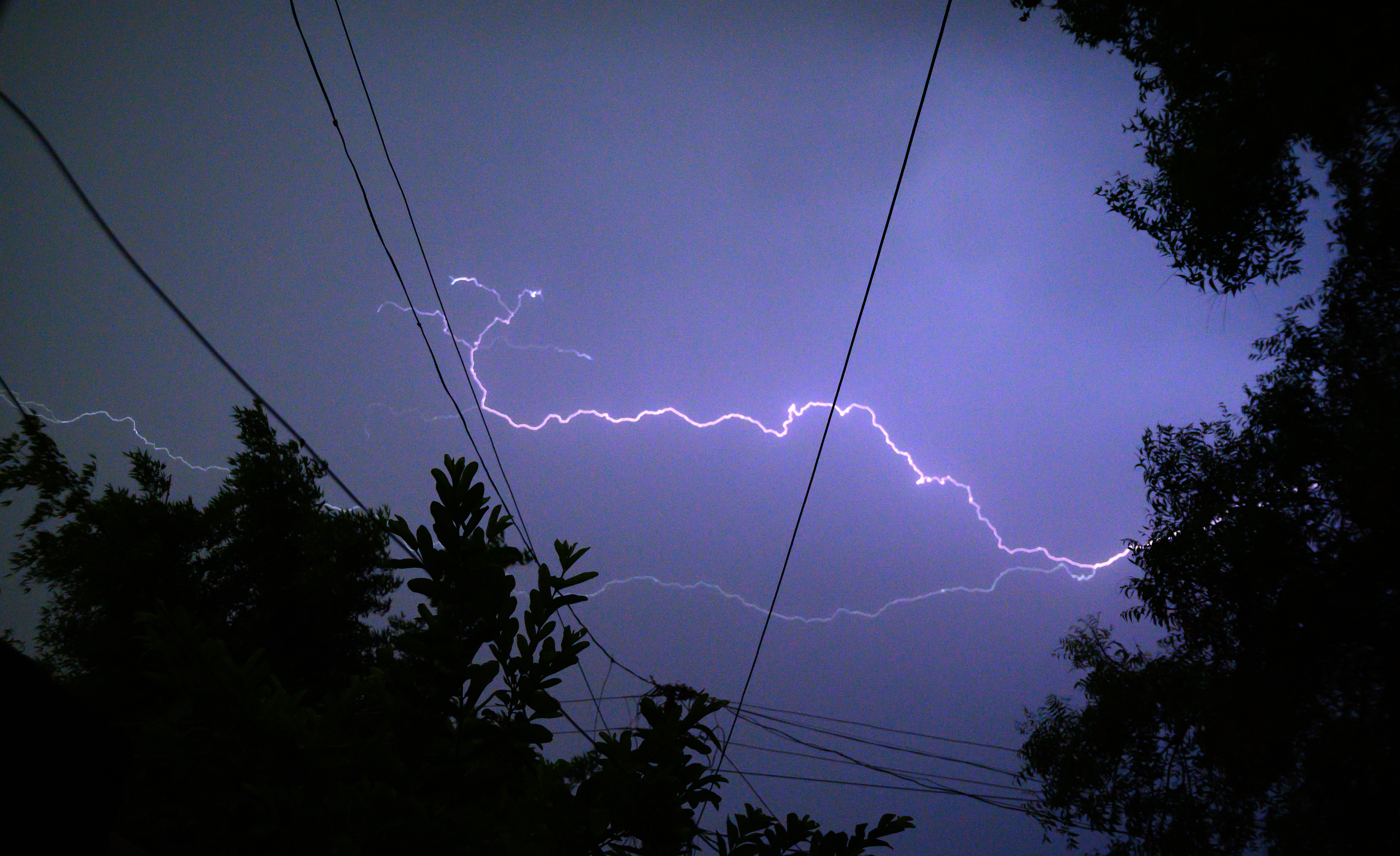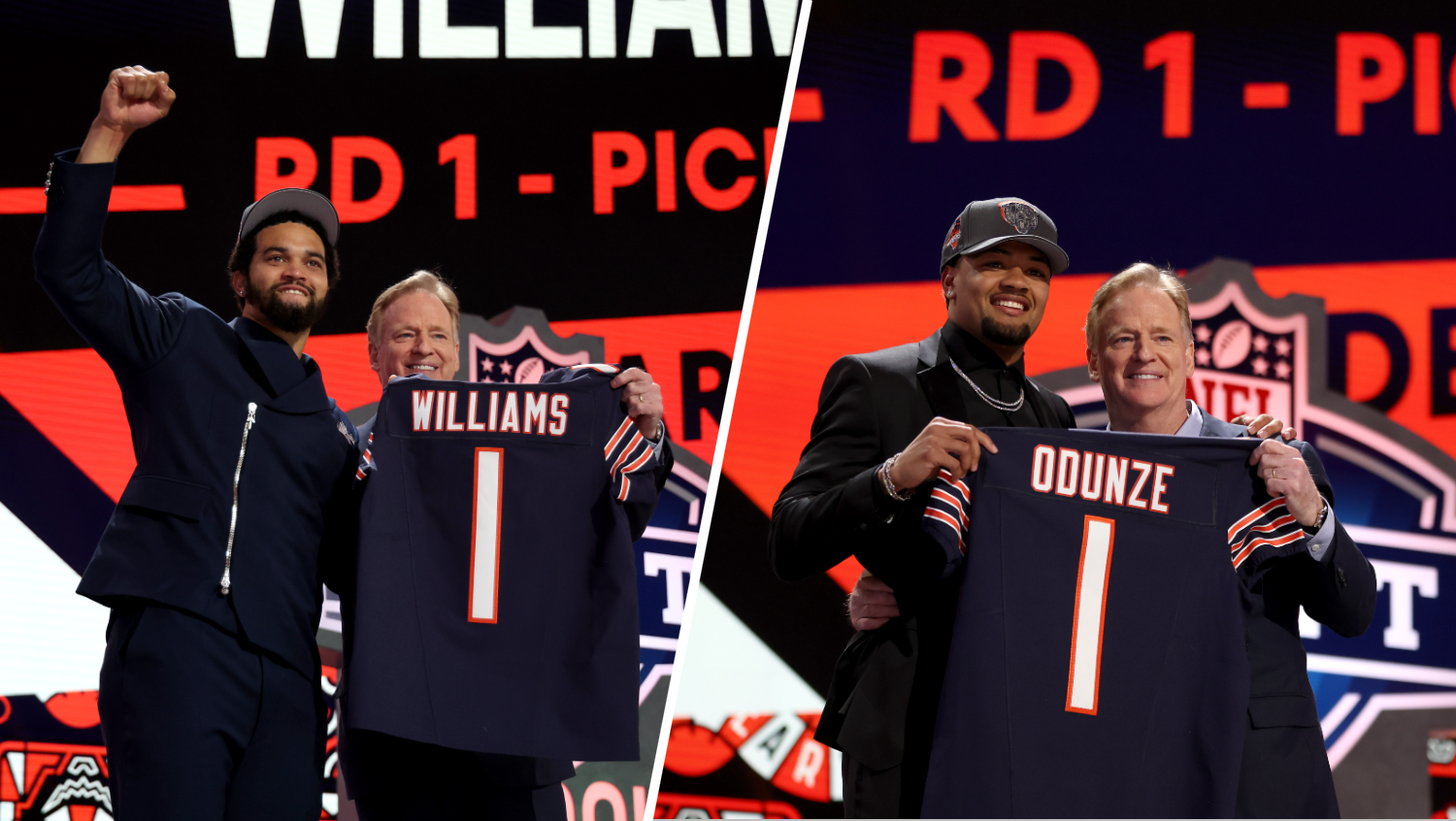In response to increases in coronavirus positivity rates and hospitalizations across the state, Illinois Gov. J.B. Pritzker said the new wave could be worse than people expect.
As Chicago sees a surge in COVID-19 metrics, Pritzker enacted enhanced mitigations across the city, saying the situation "is bad and getting worse."
"We can’t ignore what is happening around us – because without action, this could look worse than anything we saw in the spring," Pritzker said.
He added that Chicago appeared to have the virus more under control than other Illinois regions, but that is no longer the case.
"Yes, we know more about how to fight this virus than we did in the spring, but there is no cure," Pritzker said. "We are aware of no treatment that prevents a patient from deteriorating to the point where they need hospital treatment. And the hospital treatments we do have are far from guaranteed to work."
One week after Chicago closed indoor bar service and began a curfew for many businesses to slow the spread of the coronavirus in the city, additional restrictions, including the suspension of indoor dining, were added as the city's metrics trigger new mitigations from the state.
Chicago has seen continued increases in hospitalizations and positivity rates, making the city the latest region to trigger increased mitigations from the state, Pritzker announced Tuesday. The city is also only the second region to trigger these mitigations for two rising metrics at one time.
Local
The new restrictions, which include gathering size limitations and the suspension of indoor dining and bar service, are set to take effect Friday.
"Region 11 is now averaging more than twice as many COVID-related hospital admissions per day as it was a month ago, with a positivity rate that has almost doubled since the beginning of October," Pritzker said in a release.
The new restrictions include:
Bars
- No indoor service
- All outside bar service closes at 11:00 p.m.
- All bar patrons should be seated at tables outside
- No ordering, seating, or congregating at bar (bar stools should be removed)
- Tables should be 6 feet apart
- No standing or congregating indoors or outdoors while waiting for a table or exiting
- No dancing or standing indoors
- Reservations required for each party
- No seating of multiple parties at one table
Restaurants
- No indoor dining or bar service
- All outdoor dining closes at 11:00 p.m.
- Outside dining tables should be 6 feet apart
- No standing or congregating indoors or outdoors while waiting for a table or exiting
- Reservations required for each party
- No seating of multiple parties at one table
Meetings, Social Events, Gatherings
- Limit to lesser of 25 guests or 25 percent of overall room capacity
- No party buses
- Gaming and Casinos close at 11:00 p.m., are limited to 25 percent capacity, and follow mitigations for bars and restaurants, if applicable
These mitigations do not apply to schools or polling places.
The news comes one day after state health officials said suburban Cook County and the Metro East regions will see such restrictions begin on Wednesday.
Chicago Department of Public Health Commissioner Dr. Allison Arwady said Tuesday afternoon that if such restrictions were announced "we will obviously support it."
As of Tuesday, Chicago's data indicated between 41,000 and 57,000 residents have active coronavirus infections, Arwady said. Over the last three weeks, one in 50 Chicagoans have been infected, she added.
"This is spreading and this is why we continue to recommend that you do not invite people into your home who do not live there," Arwady said in announcing the city would be adding Florida to its travel order.
In addition to a rise in cases, the city has also seen its hospitalizations spike.
"Unfortunately this is how we see it happen," Arwady said, adding that the city's metrics are "heading the wrong way." "Cases increase, then they spread it for a couple of weeks, hospitalization numbers tick up. Then it can take another week for ICU numbers, then ventilators, then deaths."
“Region 11 is now averaging more than twice as many COVID-related hospital admissions per day as it was a month ago, with a positivity rate that has almost doubled since the beginning of October,” Pritzker said in a statement, adding that "without action, this could look worse than anything we saw in the spring."
It's not just a trend being seen in Chicago, however, according to Illinois' top public health official.
“When the first several regions started implementing mitigation measures, it was because the 7-day rolling test positivity was above 8% for three consecutive days,” Illinois Department of Public Health Director Dr. Ngozi Ezike said in a statement. “What we are starting to see now, first with suburban Cook County, and now with Chicago, is that mitigation measures are needed because COVID-19 hospital admissions are going up alongside increases in test positivity. Based on current trends, we soon could face reduced hospital bed availability and overwhelming our health care systems.”
Pritzker on Monday warned that "there seems to be a COVID storm coming" and urged residents to be prepared as the state's metrics continue rising.
Illinois health officials reported 4,000 new cases of coronavirus on Tuesday, along with 46 additional deaths attributed to the virus.
Tuesday's new cases mark the sixth time in the last seven days that the state has reported 4,000 or more new cases of the virus. The new numbers bring the statewide total to 382,985 cases of the virus since the pandemic began.
The 46 new fatalities bring the state’s death toll to 9,568, according to data from the Illinois Department of Public Health.
A total of 62,074 new tests were performed over the last 24 hours, with 7,388,290 performed during the pandemic.
The state’s seven-day positivity rate, on a steady rise for nearly all of October, increased to 6.4%, the highest it has been since early June.
Hospitalizations remain high in the state, rising to 2,758 patients currently hospitalized due to COVID-19. Of those patients, 595 are in intensive care units, while 241 are currently on ventilators.



